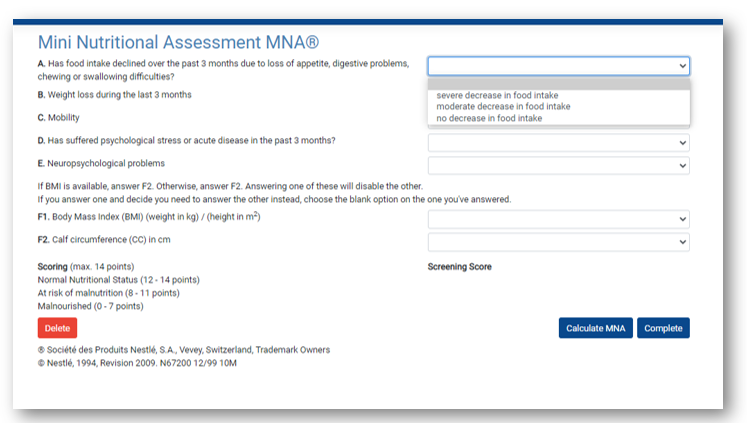Recently we talked about the importance of nutritional assessment in patients with wounds and ulcers. I’ve posted a few of the countless cases I’ve seen in which improved nutrition (usually with some type of oral nutritional supplement) is what made the difference. I believe in this so much that I worked with the U.S. Wound Registry (USWR) to develop a CMS recognized quality measure for nutritional assessment in patients with chronic wounds. You can read more about wound relevant quality measures and the nutritional assessment quality measure.
The USWR even created a Practice Improvement Activity based on improving physician performance of nutritional assessment and recommendations. CMS liked the idea so much that they added it to the list of Practice Improvement Activities for physicians who are participating in the Quality Payment Program. Check out all of our Clinical Practice Improvement Activities (CPIAs). Here you can find the CPIA, “Care That Counts: Identifying Nutritional Deficits among Patients with Wounds in My Practice and Making Appropriate Nutritional Recommendations.”
Nutritional screening can be done with a validated tool. I picked the Nestle Mini Nutritional Assessment (MNA) because it’s so easy to use. You can find information about the MNA, how to perform it, and its extensive validation data.
However, if your wound care EHR doesn’t include one of the screening tools, it’s going to be cumbersome to implement. I am the Chief Medical Officer of Intellicure, Inc. We’ve incorporated the MNA into our software. It takes me about 60 seconds to do the MNA. I do it while I’m in the room with the patient. It’s fascinating to me how often it identifies my patients as being at risk of malnutrition using information as basic as whether they have mild dementia or are bed or chair bound.

Dr. Fife is a world renowned wound care physician dedicated to improving patient outcomes through quality driven care. Please visit my blog at CarolineFifeMD.com and my Youtube channel at https://www.youtube.com/c/carolinefifemd/videos
The opinions, comments, and content expressed or implied in my statements are solely my own and do not necessarily reflect the position or views of Intellicure or any of the boards on which I serve.



